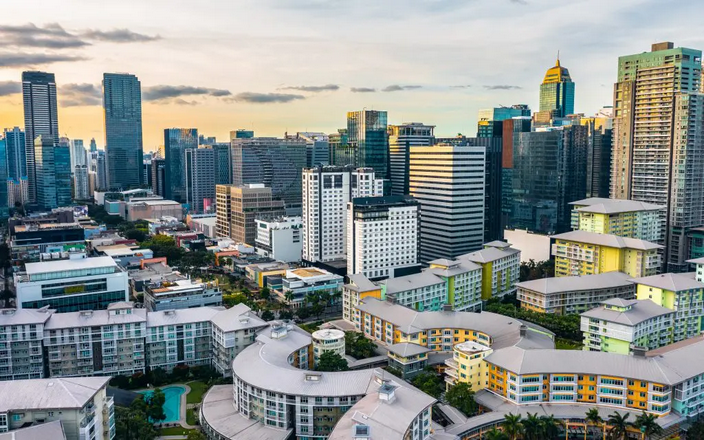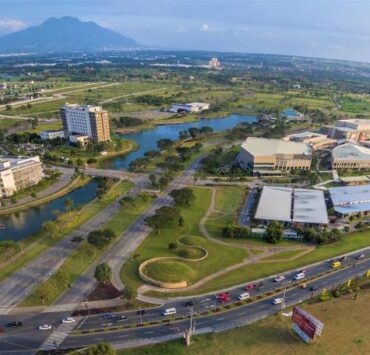Amplifying the transition from headwinds to tailwinds

The Philippine property market has been seeing some green shoots of recovery the past few quarters.
As we always highlight at Colliers Philippines, the residential market outside of Metro Manila records strong take-up, especially in key localities such as Cebu, Bacolod, Iloilo, Davao, Pampanga, Bulacan, Cavite, and Laguna.
While the condominium market within Metro Manila sees challenges, developers have been very aggressive in offering ready-for-occupancy (RFO) promos and these have been lifting take-up for units either for long term lease or for sale. The results of our most recent briefing polls indicate that the preference for condominium units has been picking up, indicating that the RFO promos being launched and offered by developers are bearing fruit.
More attractive promos to buoy take-up
Colliers believes that the Bangko Sentral ng Pilipinas’ (BSP) decision to reduce interest rates should help revive demand in the residential market.
In 2025, the BSP has cut basic interest rates by 50 basis points (bps) to 5.5 percent. Analysts are expecting BSP to cut policy rates by at least 25 bps for the remainder of 2025.
Lower interest rates should result in lower mortgage rates and this should guide developers with their promos and payment schemes. Colliers recommends that developers continue offering more attractive and curated promos.
In social media, we see a number of developers offering rent-to-own programs and extending their payment terms to about 10 years. Some developers are even allowing buyers to move-in with little to no down payment and discounts of as much as 40 percent of total contract prices (TCPs) for spot cash payments.

Right product, location and price
Several developers are aggressively implementing their geographic diversification and we believe that this should result in a more diverse Philippine property market, eventually benefiting investors and end-users.
We recommend that developers carefully assess the attractive product types and price points to offer to locations which they are planning to expand.
For instance, upscale to luxury projects remain popular in major central business districts (CBDs) such as Fort Bonifacio, Makati, and the Bay Area while affordable to mid-income projects are more attractive in fringe areas such as Alabang-Las Piñas, Manila North, Makati Fringe, Mandaluyong, and the Camanava (Caloocan-Malabon-Navotas-Valenzuela) corridor.
We also believe that developers will continue to venture into horizontal residential projects outside of Metro Manila where demand comes from end-users.
Colliers data showed that horizontal units in key provinces in Calabarzon, Central Luzon, Central Visayas, Western Visayas, and Davao Region have better absorption with remaining inventory life (RIL) only ranging between one and three years.
What’s interesting is that some luxury horizontal and vertical projects outside Metro Manila continue to be a cut above the rest and even perform better that other projects in the capital region.
Metro Manila office pre-leasing is back
As discussed by my colleague, the newly-minted Office Services-Tenant Representation head Kevin Jara, Metro Manila office vacancy as of end Q1 2025 reached 19.7 percent, an improvement from the 19.8 percent in Q4 2024 but still higher than the 18.9 percent a year ago.
What’s positive is that net take-up in Q1 2025 reached 77,000 sqm, a turnaround from the 185,200 sqm of contraction in Q4 2024. In 2025, we project net absorption to reach 150,000 sqm, up from the 45,100 sqm of negative net take-up in 2024.
Colliers Philippines projects net take up in 2025 to reach 612,300 sqm, up from only 180,400 sqm in 2024. From 2025 to 2027, we expect the delivery of about 355,700 sqm annually during the same period, lower compared to the 1 million sqm completed per year from 2017 to 2019.
Office deals in Metro Manila reached 238,000 sqm, up 66 percent quarter on quarter. In terms of deals captured, Fort Bonifacio led the transactions, followed by Quezon City and Makati CBD. Traditional firms covered 61 percent of total deals, with outsourcing firms accounting for 39 percent. It is obvious that while Philippine offshore gaming operators (POGOs) have left the country, the non-POGO occupants are helping fill the void.
Also worth mentioning that transactions in key areas outside the capital region reached 55,000 sqm, up 20 percent year on year. Cebu covered a third of the transactions followed by Pampanga and Davao.
We are seeing a gradual transition from headwinds to tailwinds–looking forward to the remaining months of 2025!
For feedback, please email joey.bondoc@colliers.com
Prior to joining Colliers in March 2016, Joey worked as a Research Manager for a research and consutancy firm where he handled business, political, and macroeconomic analysis. He took part in a number of consultancy projects with multilateral agencies and provided research support and policy recommendations to key government officials and top executives of MNCs in the Philippines.


















